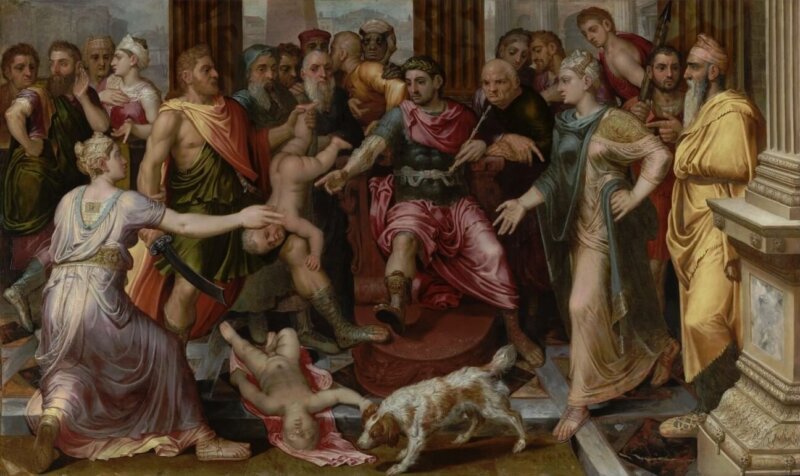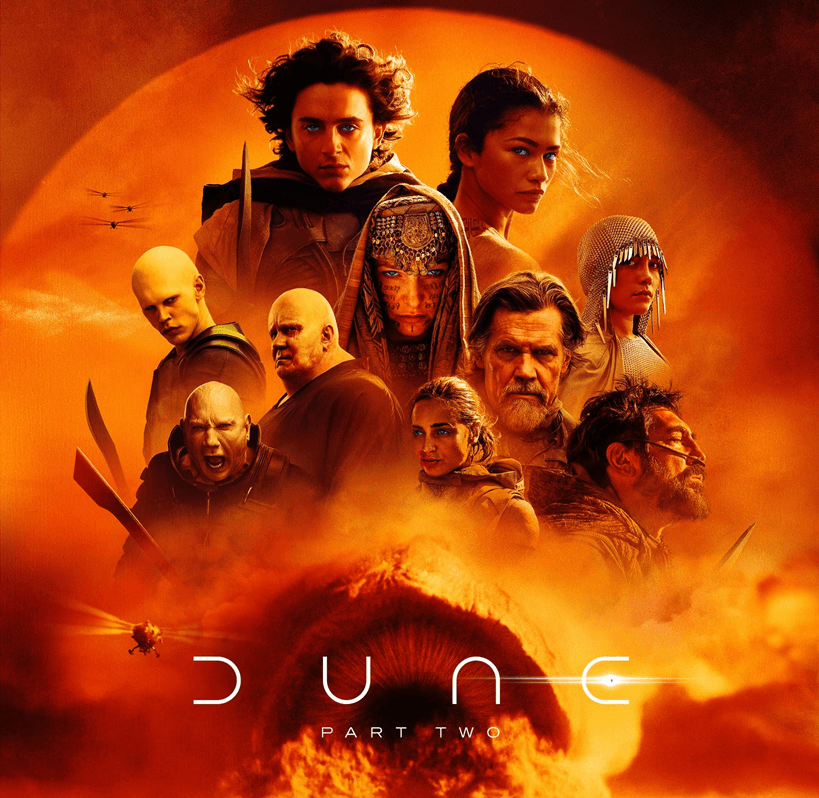Subscribe to VoegelinView via Email
Stay informed with the best in arts and humanities criticism, political analysis, reviews, and poetry. Just enter your email to receive every new publication delivered to your inbox.
Copyright VoegelinView 2024 - All Rights Reserved. Writings express only the views of the contributor and not the Eric Voegelin Society.




